Astrology might not be a lab instrument, but it’s undeniably a cultural one, shaping how millions talk about personality and daily life. Meanwhile, dog behavior science keeps revealing that genetics, early environment, and training carry far more weight than star charts. So where’s the story? It lives in the tension between myth and measurement: the way zodiac archetypes can highlight real lifestyle mismatches that put people and dogs on the wrong foot from day one. Today, we examine how common breed tendencies can collide with different personality styles often attributed to the zodiac – and why getting this fit right matters for animal welfare and our well‑being.
The Hidden Clues

What if the stars aren’t the map – but a mirror? Zodiac archetypes give language to habits we already feel: restless energy, craving for routine, intense empathy, or need for independence. Behavior research shows breed isn’t destiny, yet some breeds carry broad tendencies such as sustained stamina, strong guarding instincts, or high cooperation. When those tendencies clash with an owner’s daily rhythms, frustration builds fast, no astrology required.
Think of it like shoe sizes: you can squeeze into the wrong pair, but you’ll pay with blisters. High-octane herders in low-activity homes, or ultra-attached “Velcro” companions with ultra-independent owners, struggle not because of birth charts but because needs don’t align. The zodiac simply gives us a colorful way to spot those mismatches early.
From Ancient Tools to Modern Science
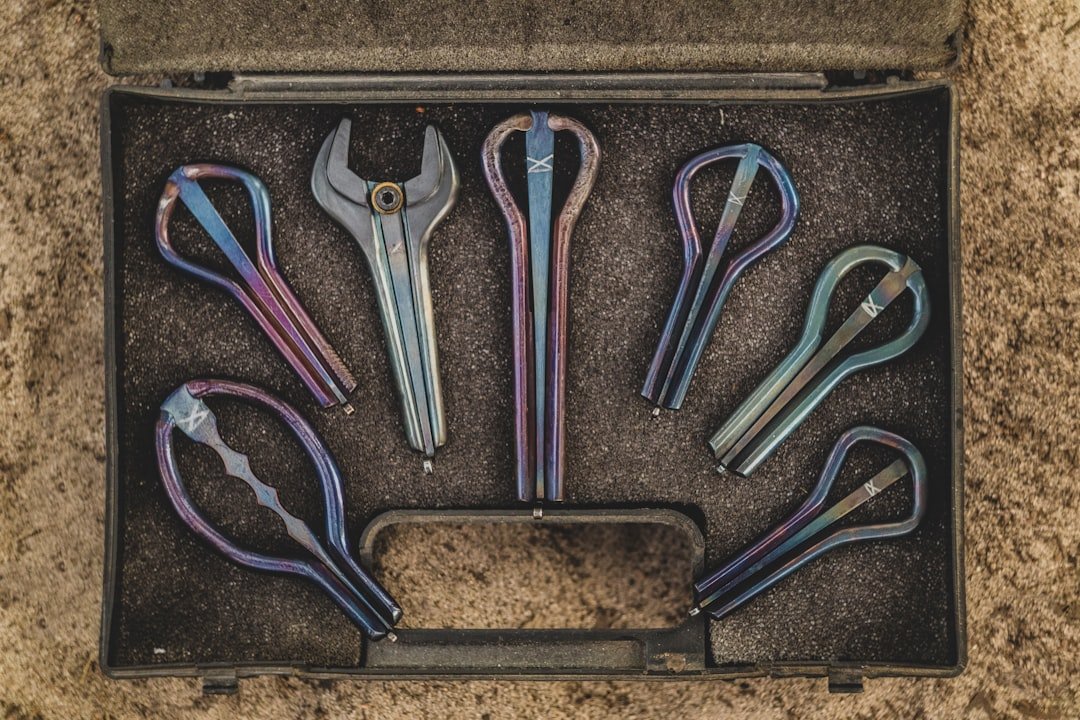
Astrology began as a pre-scientific framework for finding patterns in the chaos of life, while modern dog science uses genetics, ethology, and longitudinal data. Large-scale studies have argued that breed explains only a modest slice of behavioral variation, pointing instead to socialization, training, and context. Still, labeling matters: words like “working,” “herding,” and “toy” groups carry clues about exercise, cognitive workload, and bonding styles.
In practice, combining archetypes with evidence creates a pragmatic checklist. If someone resonates with spontaneous, novelty-seeking traits, a routine-loving guardian breed may feel stifling. Conversely, if a person craves predictability and quiet evenings, a relentless fetch machine will test every nerve. The method is less prophecy, more pattern recognition.
Fire Signs Meet Working Dogs: Friction Points
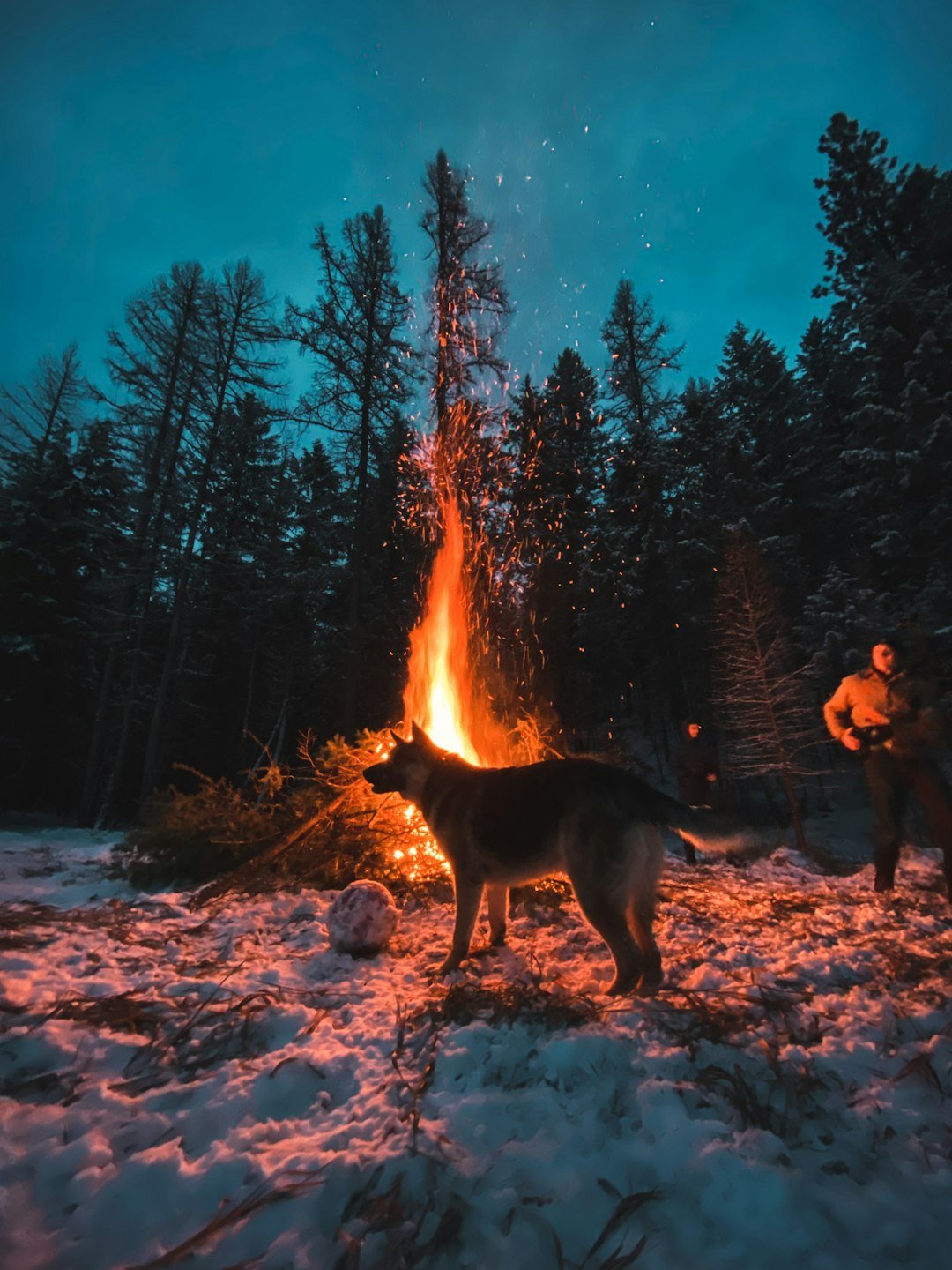
People who identify with fiery archetypes – ambitious, fast-moving, hungry for challenge – often think they want a breed to match that blaze. Working-line shepherds or malinois can look perfect on paper, yet these dogs require not just energy but structured tasks and near-daily mental drills. Without a clear job, their brilliance turns into inventing jobs you won’t like, from herding your guests to redesigning your drywall. The mismatch shows up when spontaneous plans collide with a dog that melts without consistent, focused outlets.
I once tried “winging it” with a high-drive herder on a reporting trip; by day three, the dog was fine, but I was the one frayed. The lesson was simple: fiery people may thrive with equally energetic but more forgiving partners – think athletic retrievers or versatile mixes – rather than precision-engineered problem-solvers that punish inconsistency.
Earth Signs and High-Voltage Breeds: Where Routine Collides
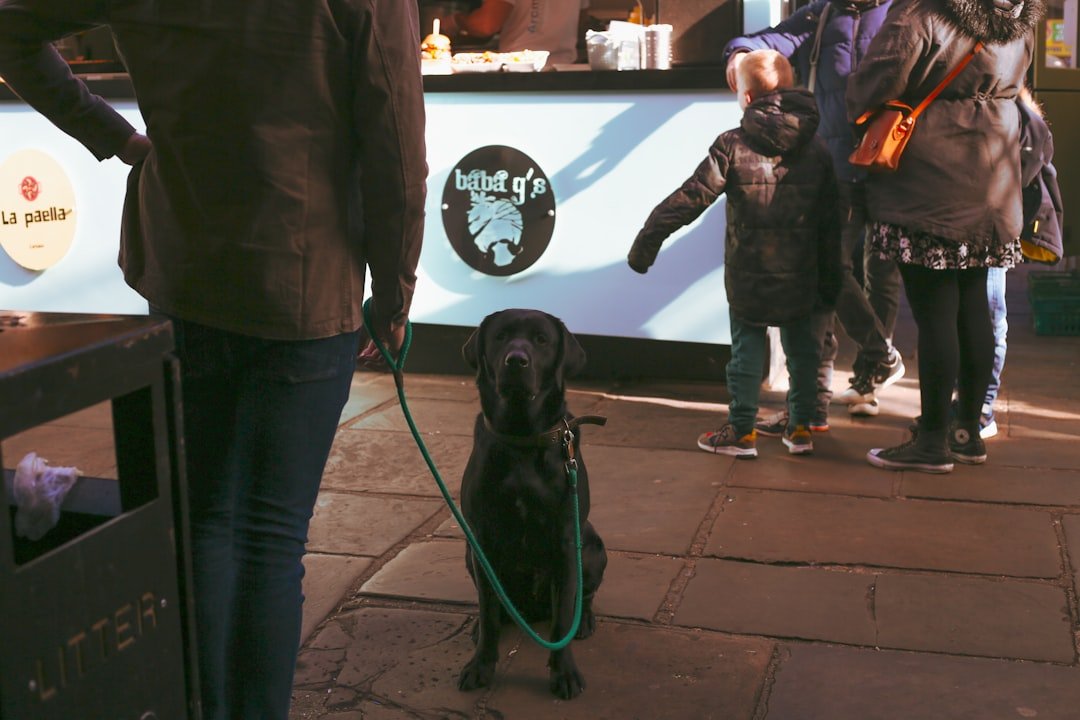
Those who see themselves as steady, grounded, and methodical often excel at routines that help dogs thrive. Yet pairing a calm, order-loving person with a turbocharged sighthound cross or tireless husky can turn daily life into a tug-of-war. These breeds inherit locomotive momentum; they’re not built just for walks but for distance, novelty, and weathering. When exercise needs exceed what a careful, slower cadence provides, boredom becomes mischief.
Grounded people do brilliantly with breeds that reward patience: scent hounds that relish methodical searches, moderate herders who enjoy structured games, or older rescue dogs whose pace matches a deliberate life. The win comes from aligning predictable care with a dog that doesn’t demand constant escalation.
Air Signs vs Velcro Dogs: Independence or Neediness?
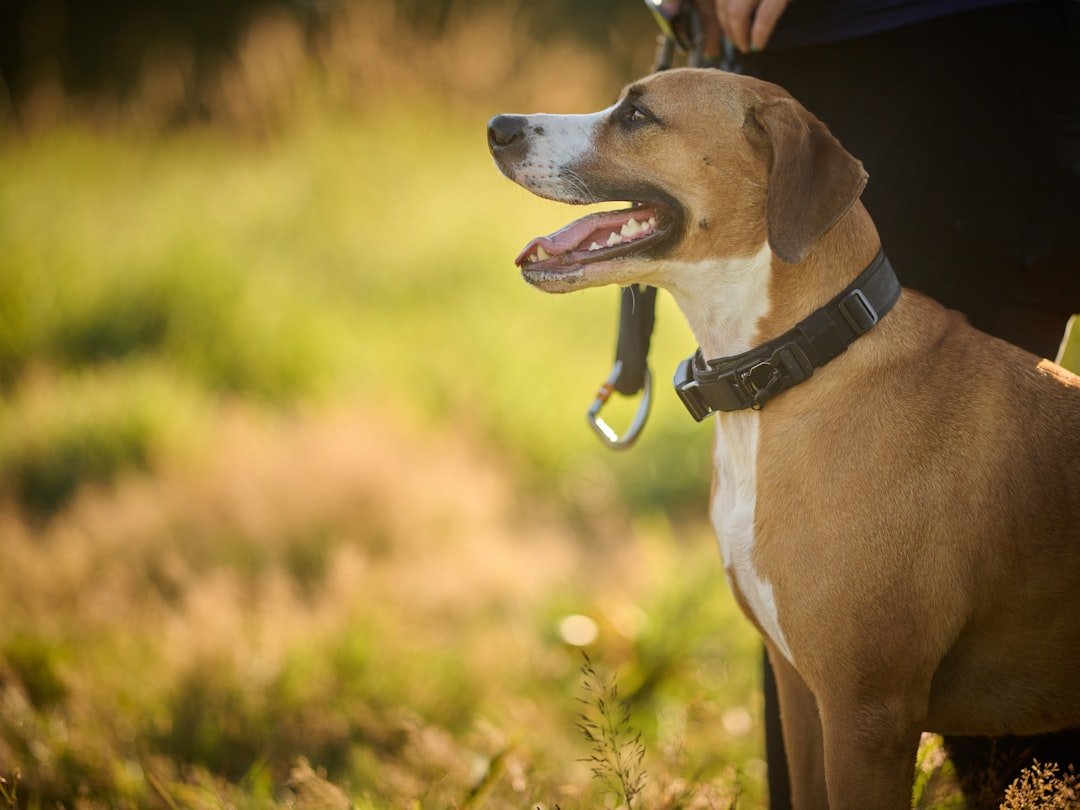
Curious, mentally hopping, social-butterfly personalities often adore novelty but resist heavy commitments. “Velcro” dogs – breeds or individuals that bond intensely and dislike alone time – can struggle here, spiraling into vocal protests or destructive coping when left. Some toy companions and guardian-leaning mixes crave proximity all day, while independent Nordic or hunting types tolerate gaps better. The pain point is not love; it’s logistics.
If you live in a carousel of changing plans, seek dogs comfortable with routine absences and robust enrichment. Crate training, puzzle feeders, and dog-walker schedules help, but choosing for independence first can prevent heartbreak later – for both of you.
Water Signs and Stoic Guardians: Emotional Mismatch

Deep-feeling, empathetic personalities often read subtle cues and want to comfort quickly, but stoic guardian breeds may keep their cards close. These dogs can be affectionate, yet they process slowly, weigh contexts, and take time to trust. Over-nurturing every micro-signal sometimes backfires, rewarding uncertainty rather than confidence. The result can be an anxious loop neither side enjoys.
A better fit may be emotionally expressive, human-oriented companions that respond clearly to gentle reassurance. For guardian types, success rises with calm exposure, predictable boundaries, and training that rewards neutrality. Space to think can be the kindest love.
Signs in the Shelter: The Mixed-Breed Reality Check

Most adopters won’t meet a pure archetype; they’ll meet a marvelous puzzle of traits, histories, and surprises. Mixed-breed dogs blur the lines, making lifestyle assessment more useful than label-chasing. Ask about energy at different times of day, recovery speed after stress, and interest in problem-solving versus cuddling. Those observations beat any neat category.
Shelters and rescues increasingly use behavior notes, foster diaries, and short assessments to guide placements. That’s where zodiac framing can still help as storytelling: it opens conversations about pace, boundaries, and enrichment, turning vague desires into testable daily plans.
Why It Matters
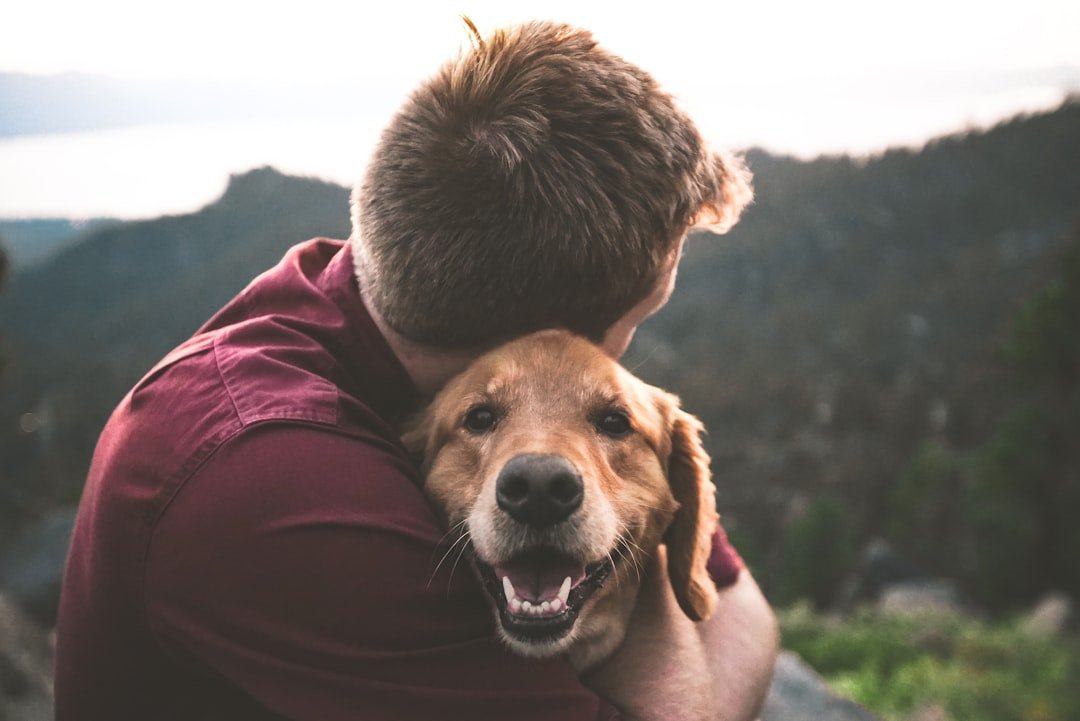
Mismatches drive returns to shelters, owner burnout, and preventable behavior problems. Traditional advice often leans on breed stereotypes or glossy images, while modern approaches center on measurable needs – exercise, cognitive load, social tolerance, and alone-time resilience. Framing personality with familiar archetypes makes those needs vivid and memorable, which can improve follow-through. It’s a translation tool, not a truth claim.
When people pick with eyes open, dogs get stable homes, and communities see fewer noise complaints and bite-risk escalations. In a world where companion animals affect mental health, neighborhood harmony, and even housing stability, getting the match right is public-health common sense.
Global Perspectives

Across regions, available breeds and living spaces shift the calculus. Dense cities reward adaptable, moderate-energy dogs with strong leash manners, while rural areas absorb athletic sprinting and scent games. Cultural expectations matter too: some countries normalize public transport with dogs, others prioritize private yards. The same archetype plays differently in Tokyo micro-apartments than in Texas acreage.
Rescue pipelines are international now, bringing street-savvy dogs into suburban routines. Success hinges on culturally aware training, slow decompression, and realistic timelines. The planet is varied; our plans should be too.
The Future Landscape
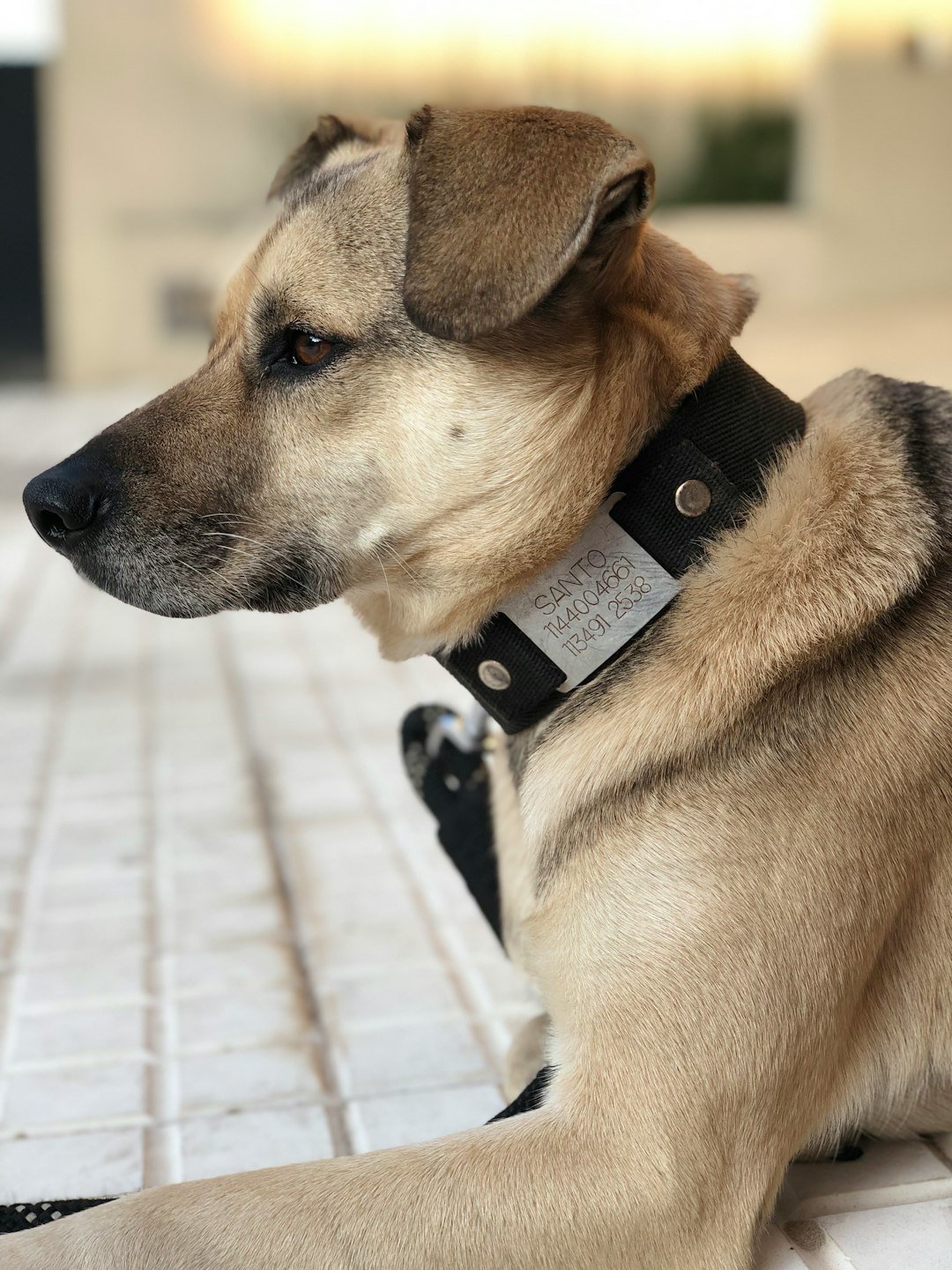
Technology is finally catching up to intuition. Wearables track activity, location, and basic health metrics, translating a dog’s daily patterns into actionable insights. Emerging AI research explores behavior pattern analysis, while genetics panels focus on health predispositions and breed identification rather than behavioral prediction. The smartest use blends data with coaching, not magic with marketing.
On the horizon, shelters could match adopters and dogs through multi-factor profiles – energy, recovery, social style – wrapped in language people actually use. Think less “destined by the stars,” more “guided by patterns.” Done right, this lowers returns and raises welfare.
Conclusion
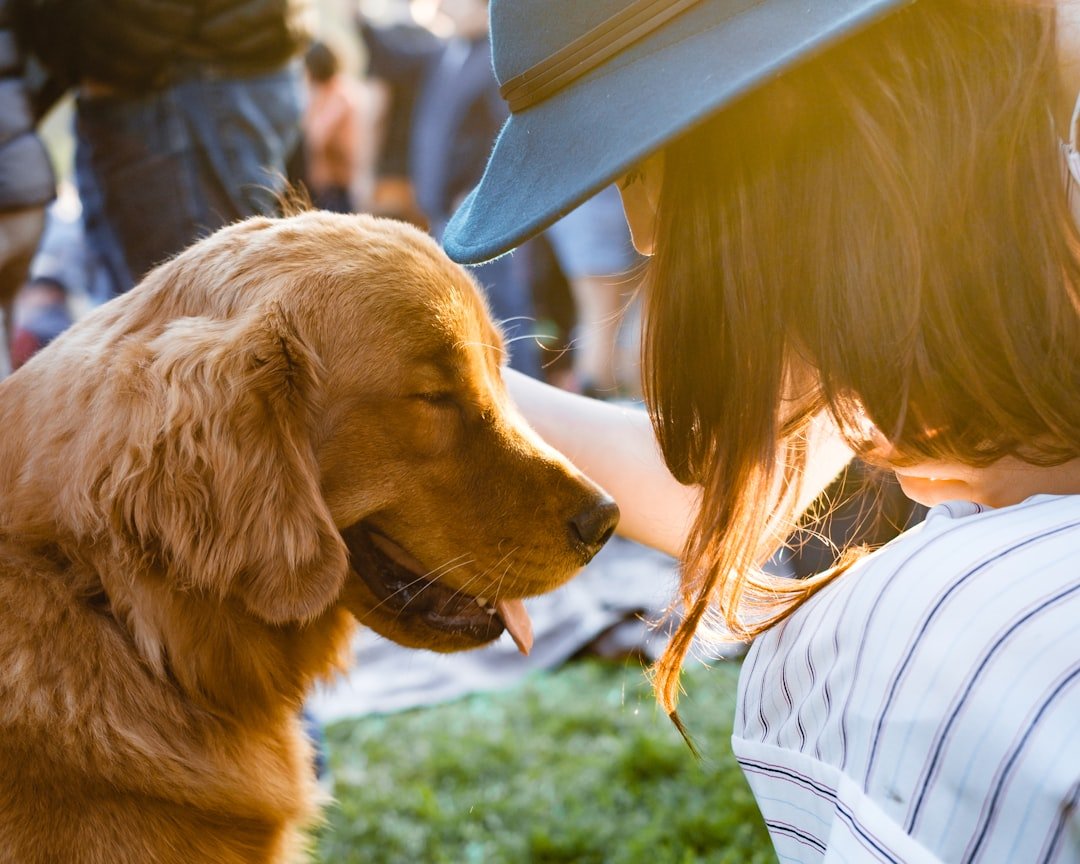
Start with your routine, not your wishlist: hours at home, tolerance for noise, energy peaks, and appetite for training. Meet multiple dogs and note how quickly each one settles after excitement, how they handle surprises, and whether they seek contact or space. Ask shelters or breeders for real scenarios you’re likely to face, from rain-day plans to holiday travel. Then pick for the life you’ll live, not the weekend you imagine.
If zodiac language helps you picture the fit, use it – just anchor every hunch in observable behavior and honest logistics. The best match isn’t fated; it’s designed. Did you expect that?

Suhail Ahmed is a passionate digital professional and nature enthusiast with over 8 years of experience in content strategy, SEO, web development, and digital operations. Alongside his freelance journey, Suhail actively contributes to nature and wildlife platforms like Discover Wildlife, where he channels his curiosity for the planet into engaging, educational storytelling.
With a strong background in managing digital ecosystems — from ecommerce stores and WordPress websites to social media and automation — Suhail merges technical precision with creative insight. His content reflects a rare balance: SEO-friendly yet deeply human, data-informed yet emotionally resonant.
Driven by a love for discovery and storytelling, Suhail believes in using digital platforms to amplify causes that matter — especially those protecting Earth’s biodiversity and inspiring sustainable living. Whether he’s managing online projects or crafting wildlife content, his goal remains the same: to inform, inspire, and leave a positive digital footprint.




